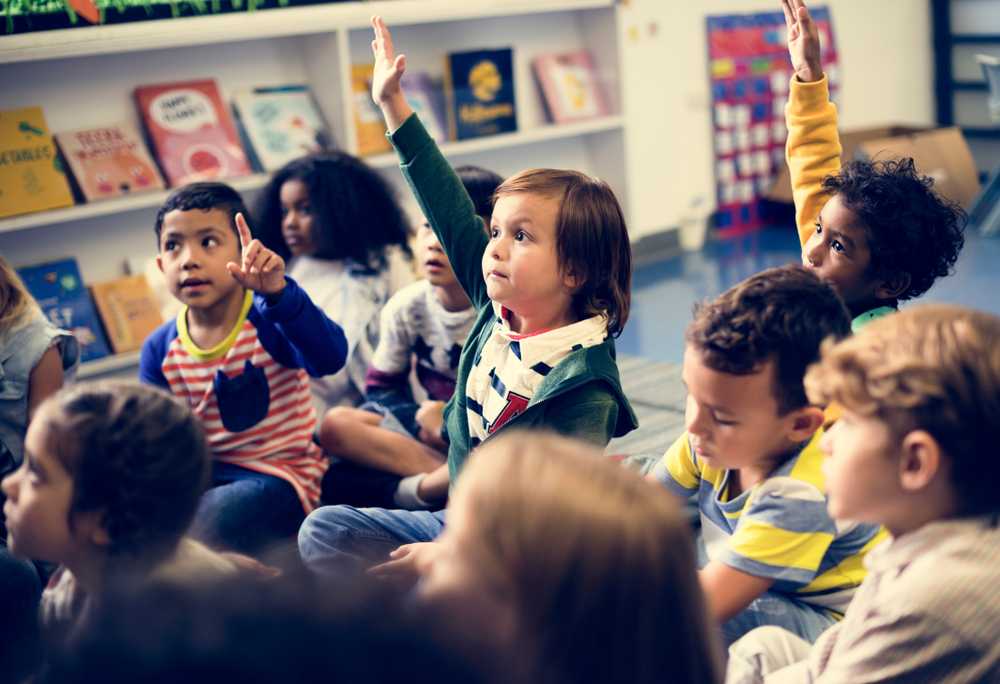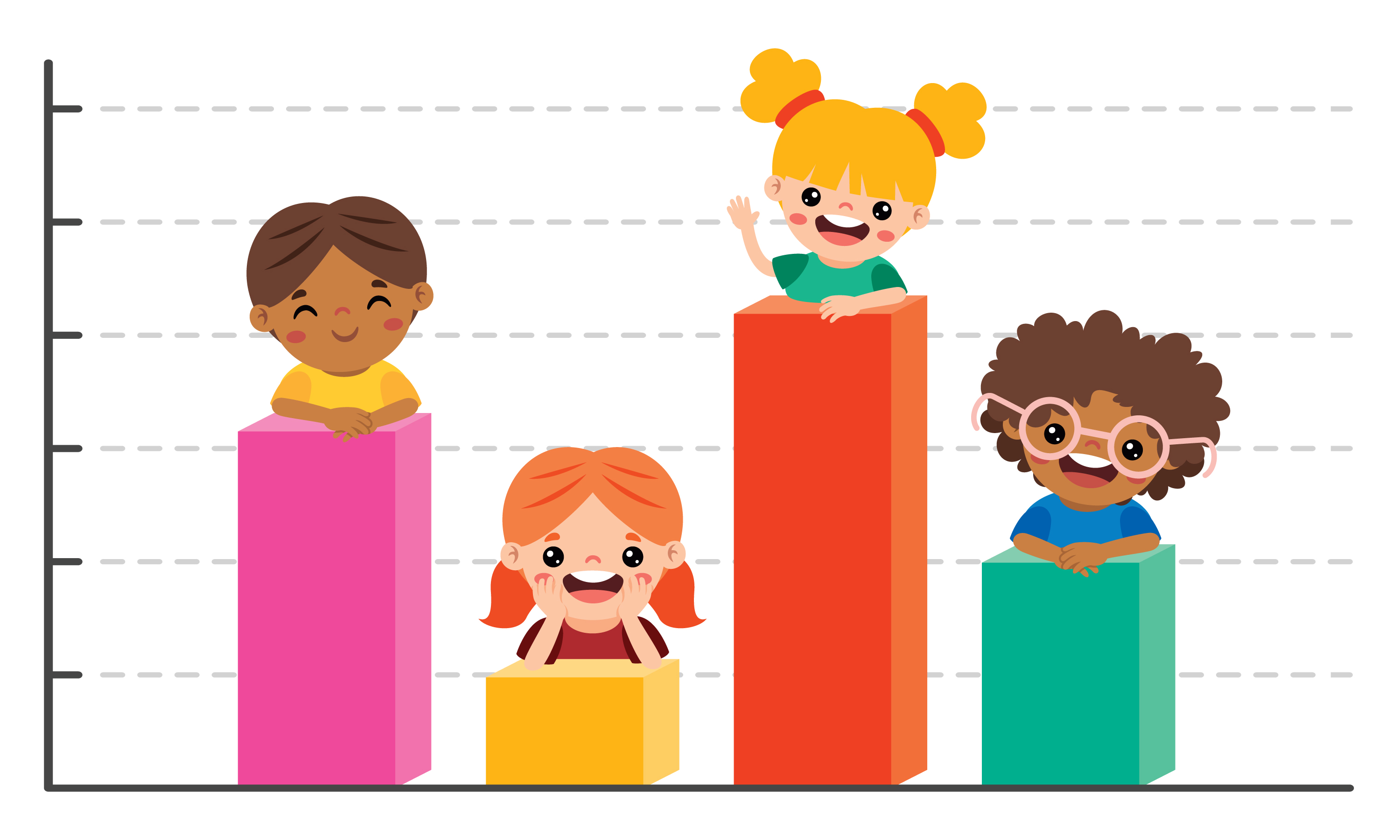Story sequencing Worksheets for Ages 4-5
16 filtered results
-
From - To
Unlock your child's storytelling potential with our engaging Story Sequencing Worksheets designed for ages 4-5. These worksheets are perfect for developing early reading comprehension, logical thinking, and narrative skills. By arranging pictures in the correct order, young learners practice understanding story structure and improve their ability to recall and reconstruct events. Each worksheet is crafted to be fun and interactive, ensuring that children remain enthusiastic and motivated. Our Story Sequencing Worksheets provide a solid foundation for future reading and writing success, offering an educational experience tailored to support young minds in their developmental journey.
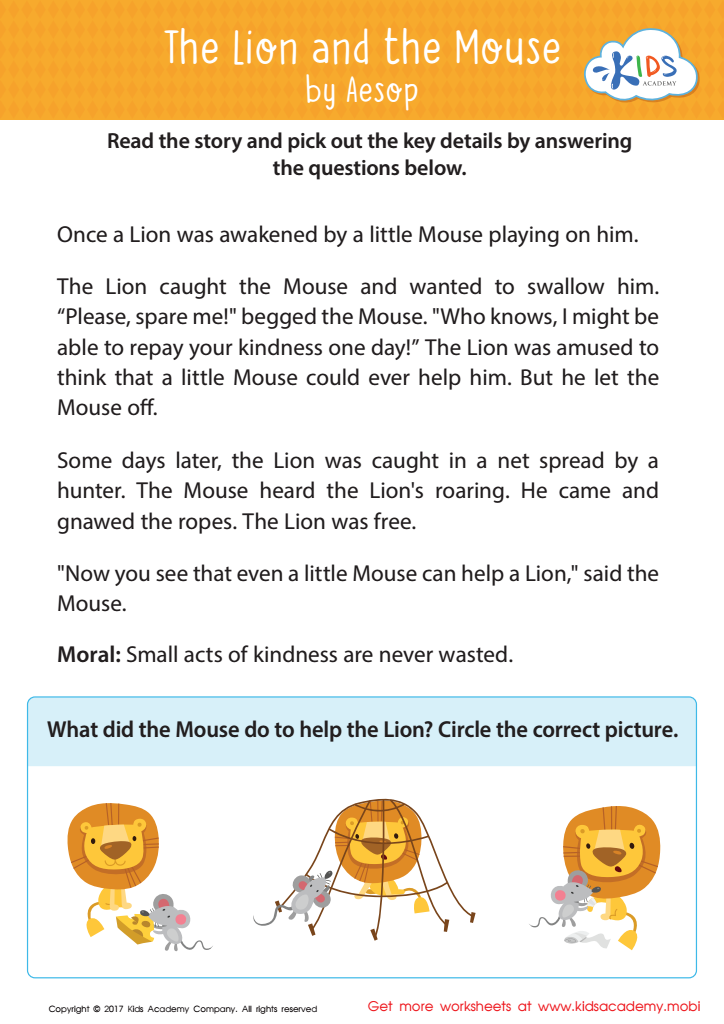

The Lion and The Mouse Sequencing Worksheet


“The Princess and the Pea” and “Cinderella” Worksheet
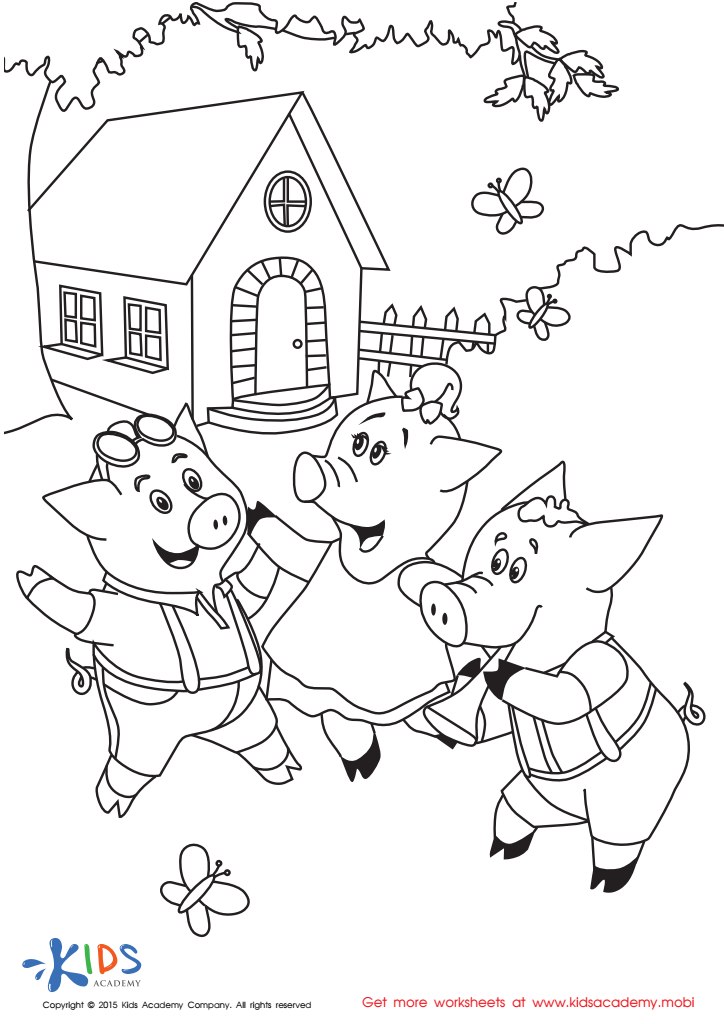

Folktales Printable PDF Worksheet: The 3 Little Pigs
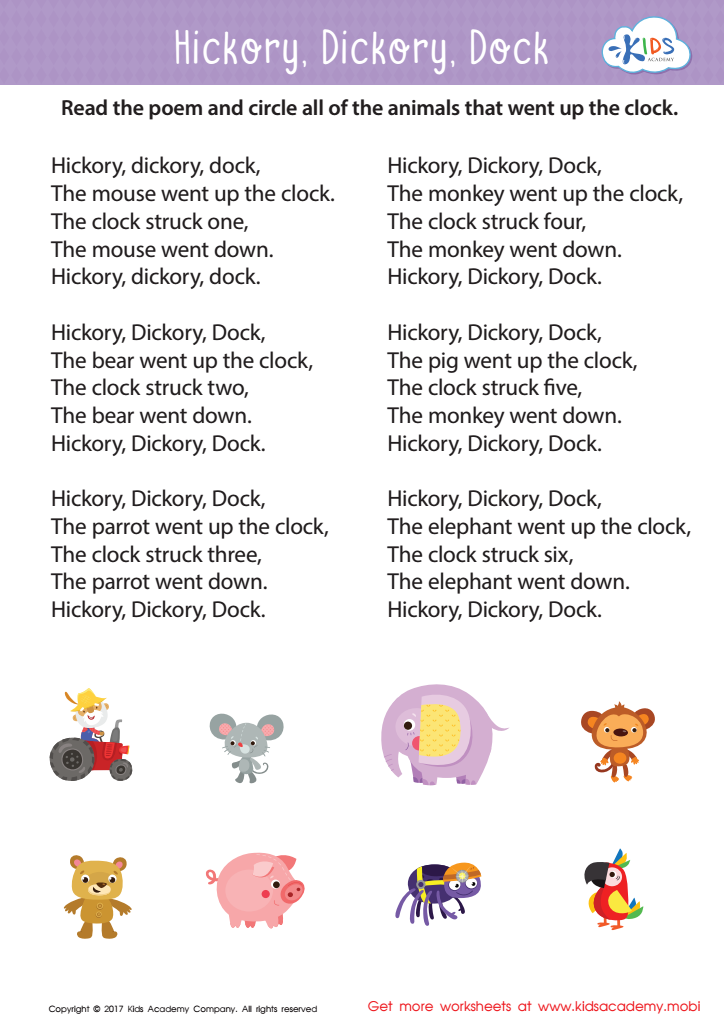

Hickory Dickory Dock Sequencing Worksheet
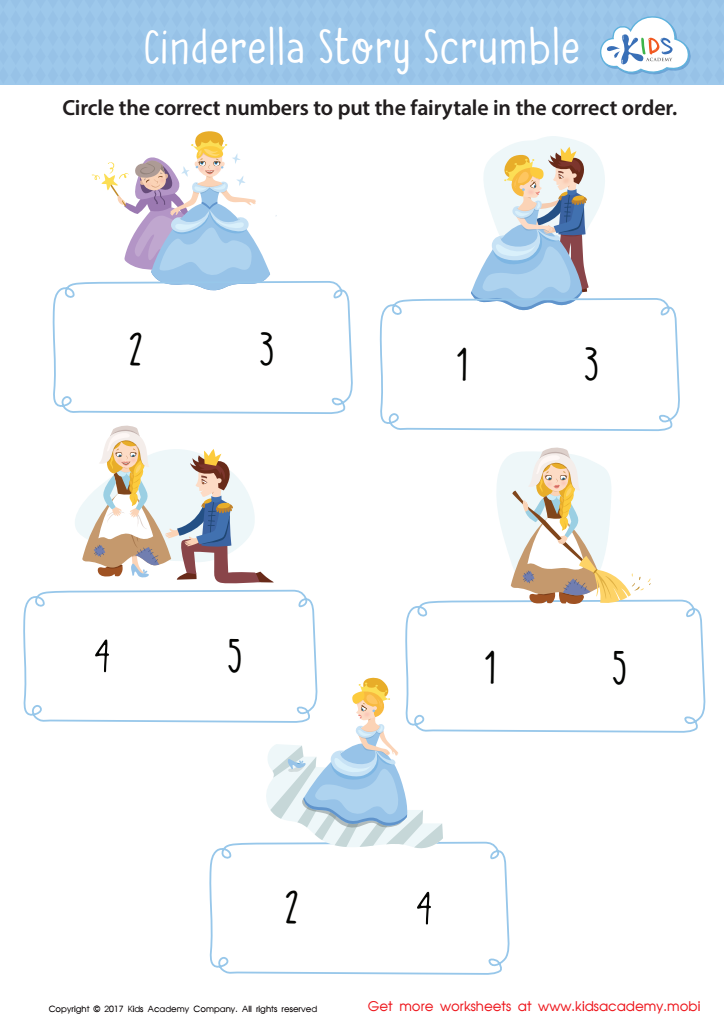

Cinderella Story Sequencing Worksheet
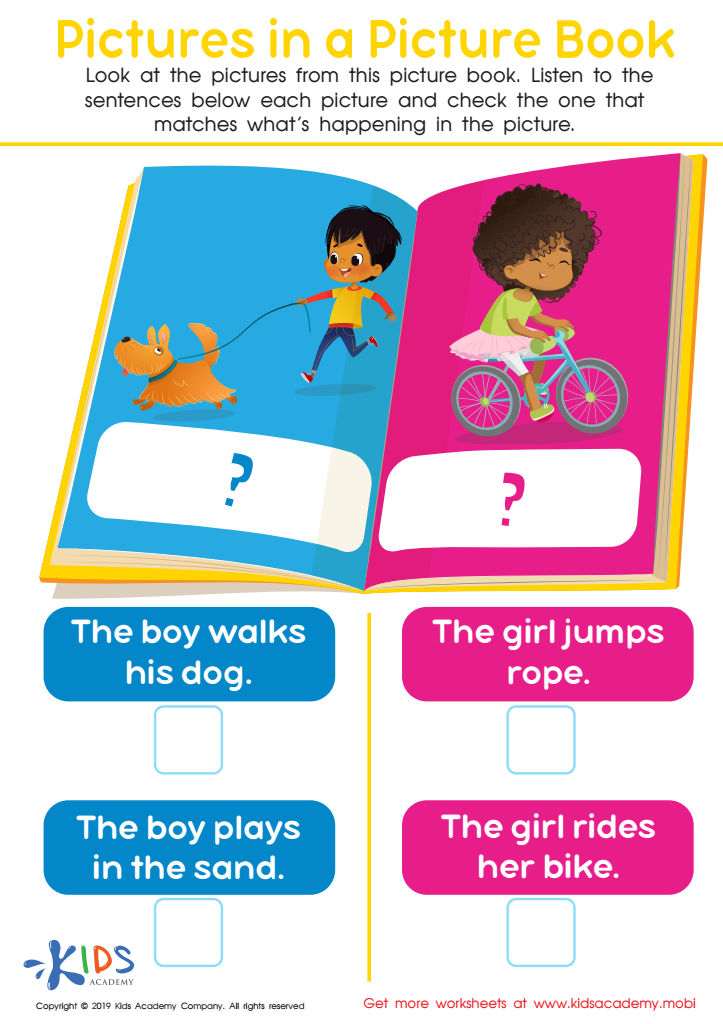

Picture in Books Worksheet
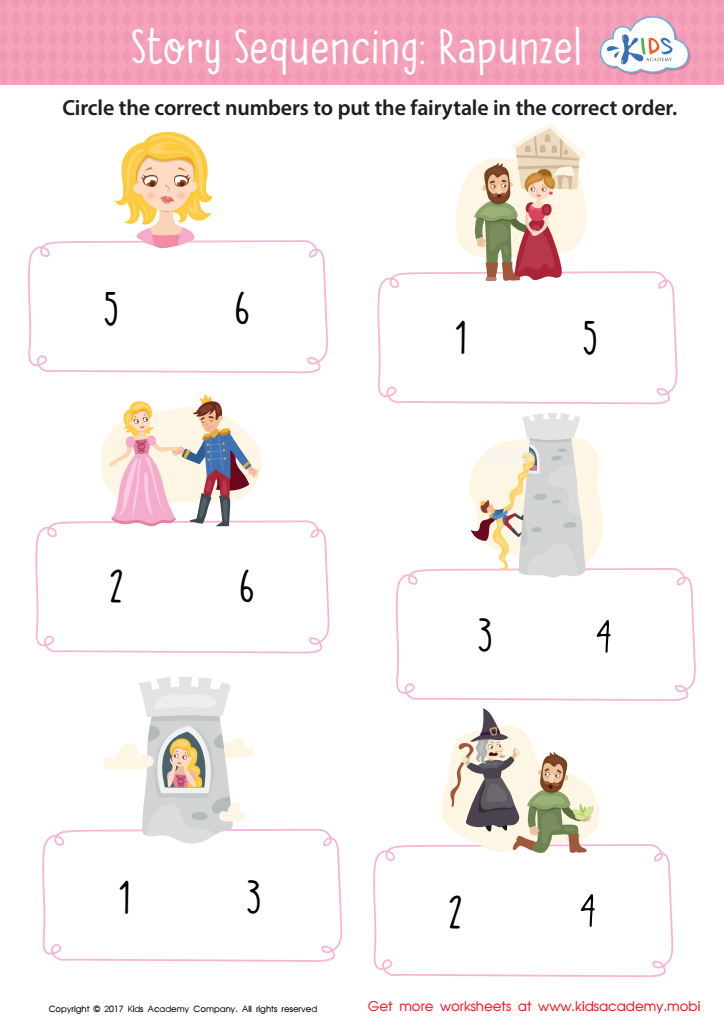

Rapunzel Story Sequencing Worksheet
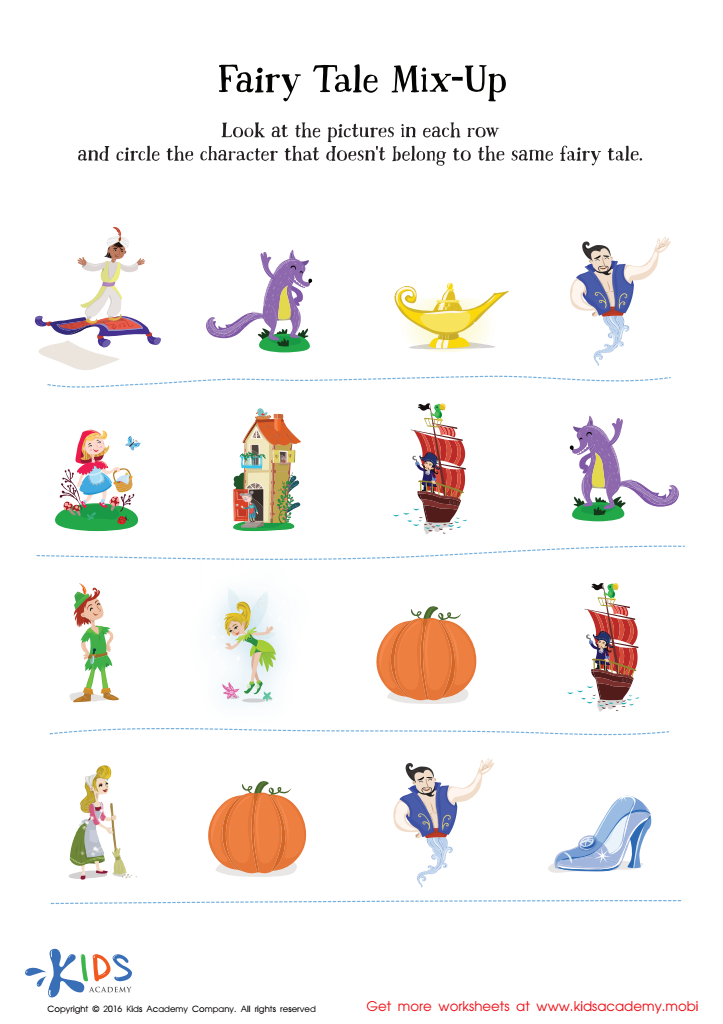

Fairy Tale Worksheet: Story Mix Up
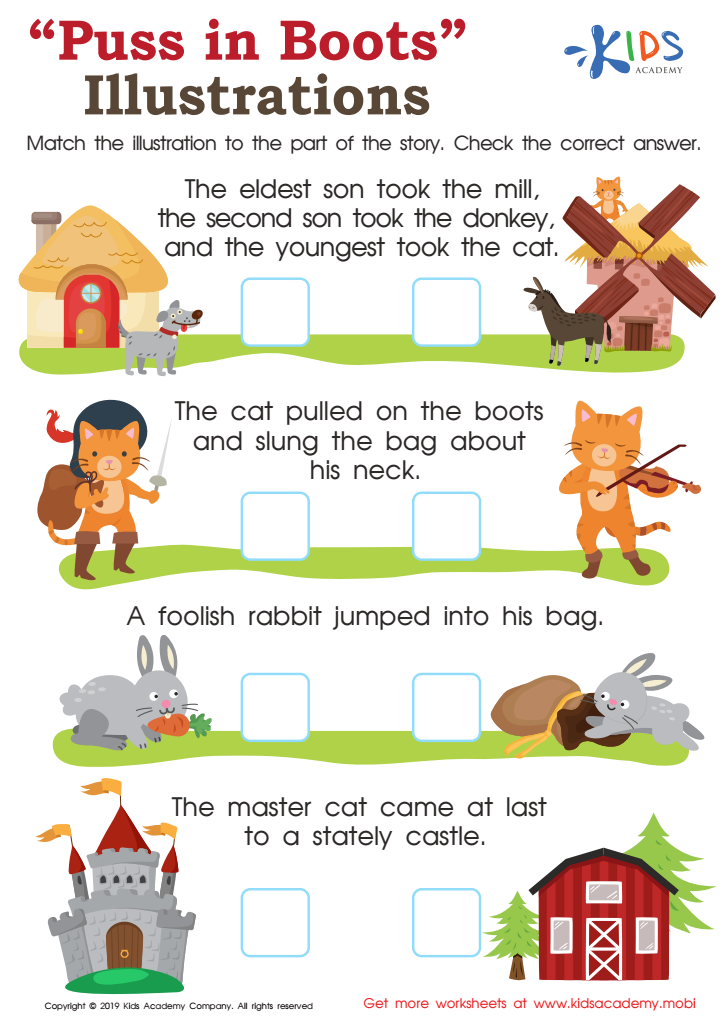

Puss in Boots Illustrations Worksheet
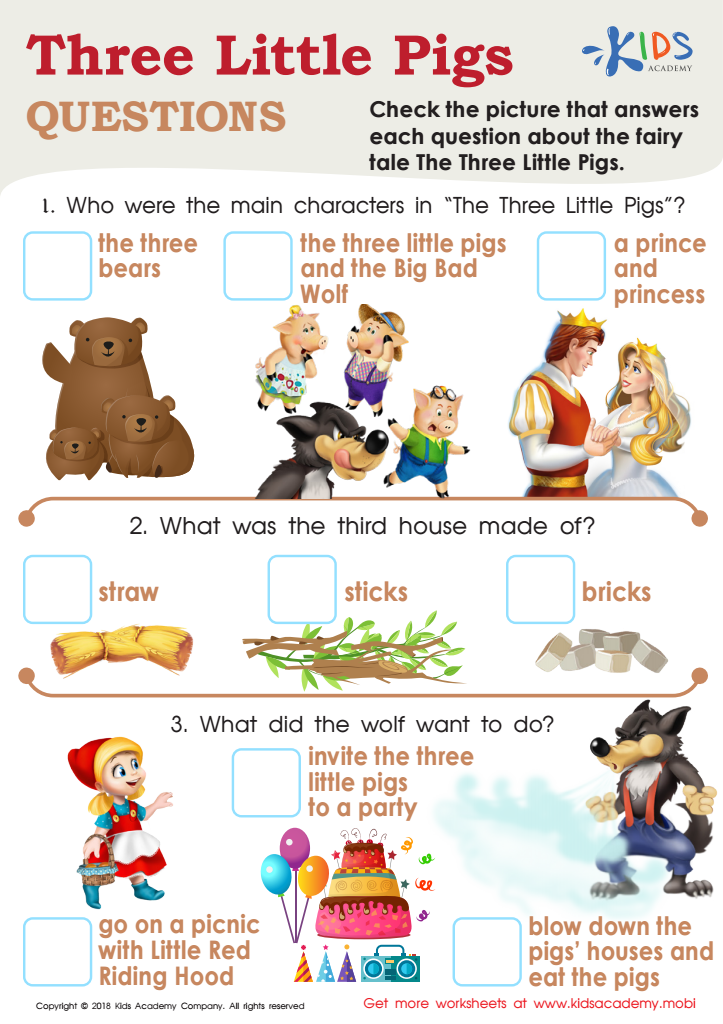

Three Little Pigs Questions Worksheet
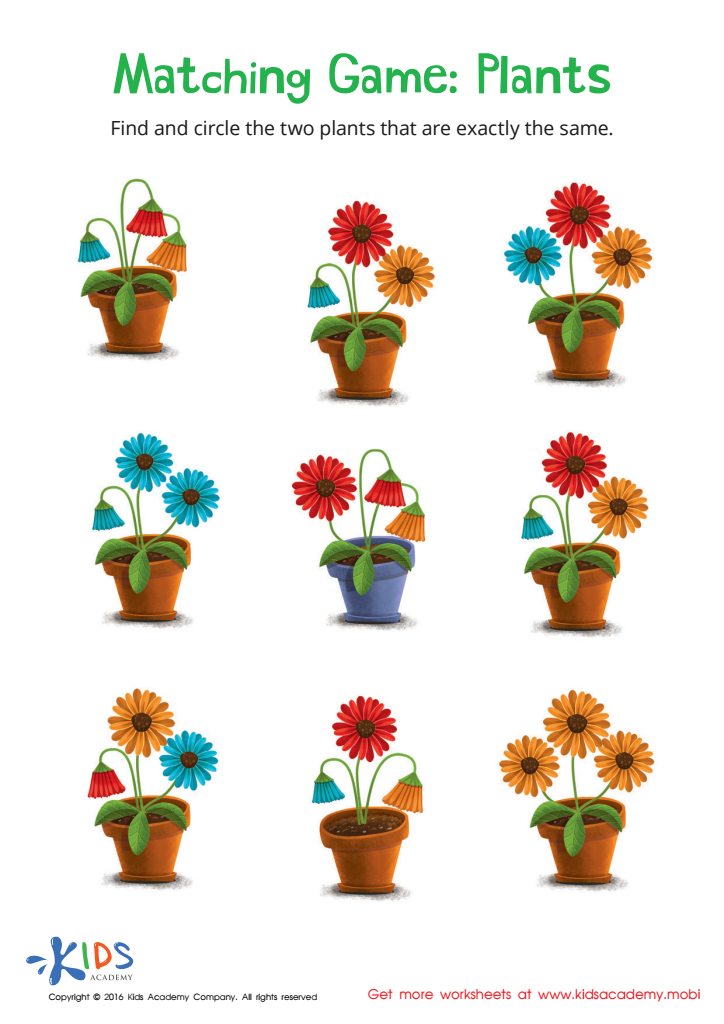

Matching: Plants Worksheet
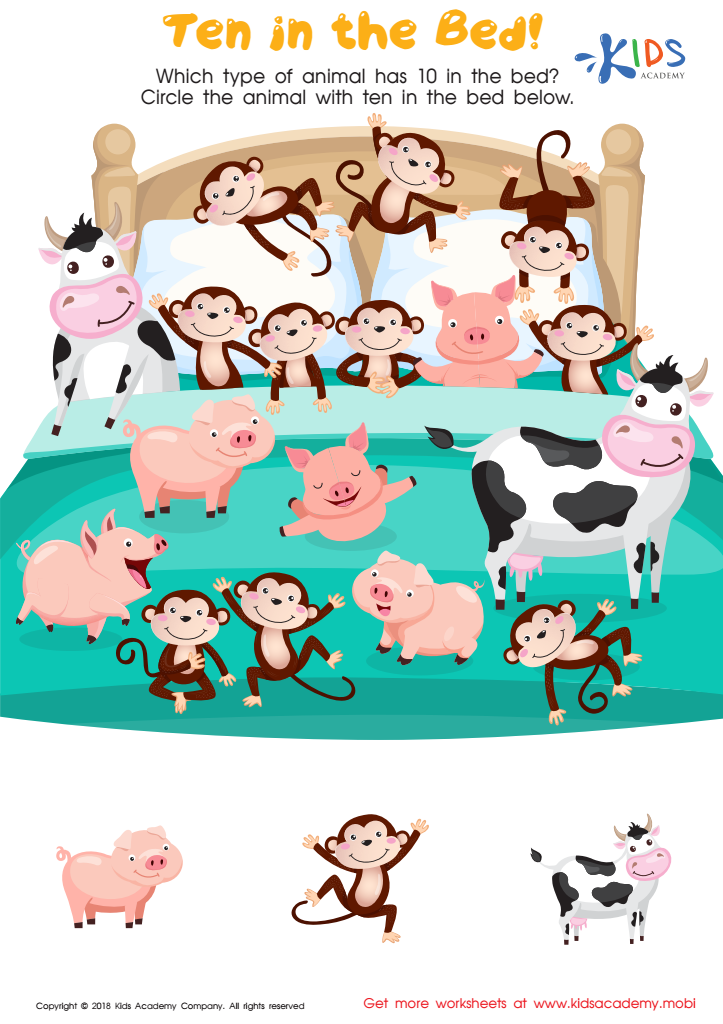

Ten in the Bed Worksheet
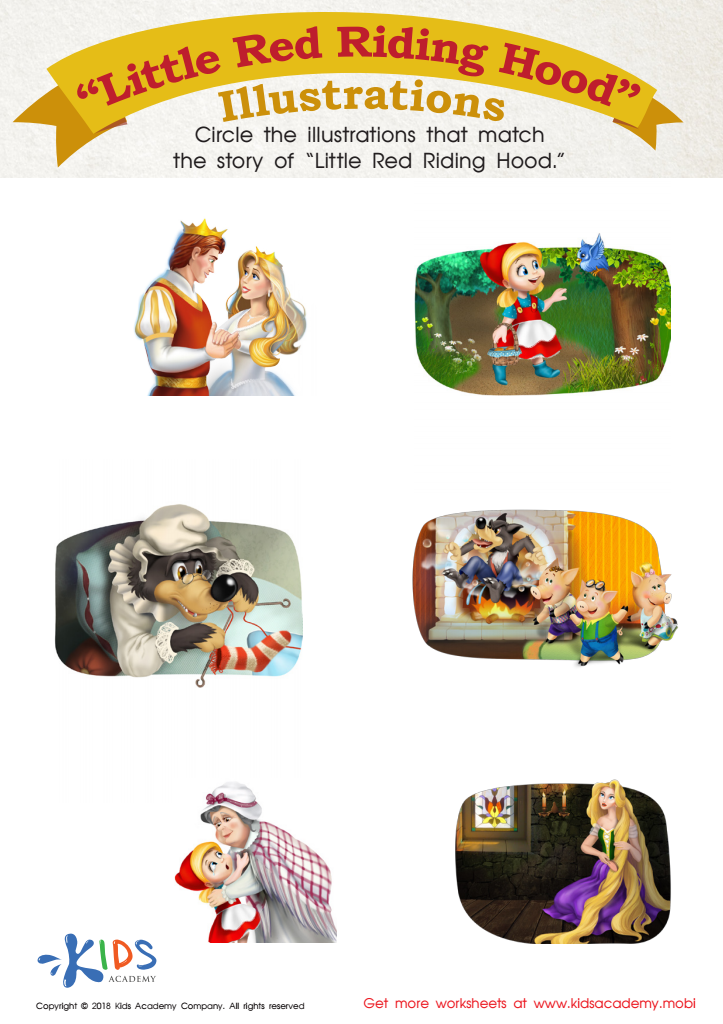

Little Red Riding Hood: Illustrations Worksheet
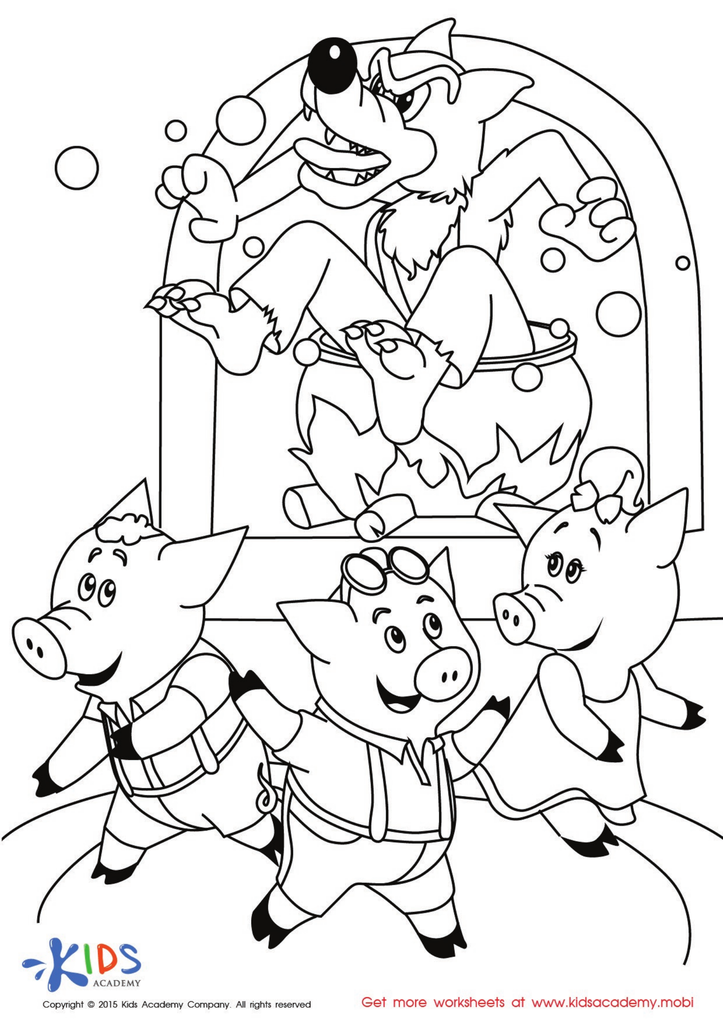

The Three Little Pigs and The Big Bad Wolf Printable
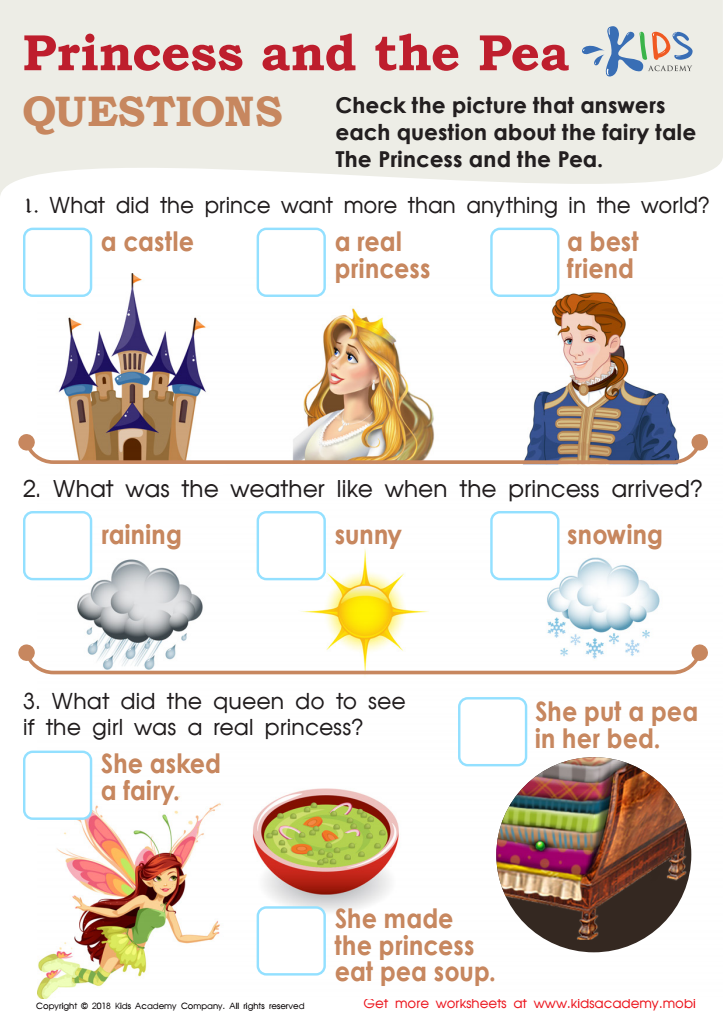

Princess and the Pea Questions Worksheet
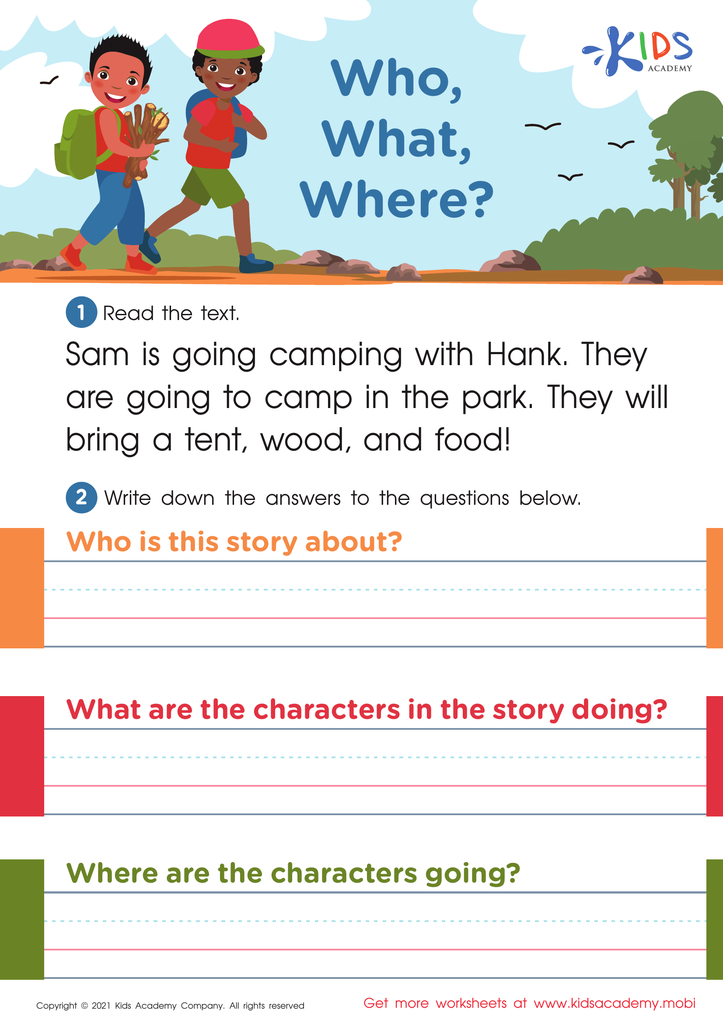

Who, What, Where? Worksheet
Story sequencing is an essential skill for young children, particularly those aged 4-5, as it lays the foundation for crucial developmental and academic abilities. Parents or teachers should care about story sequencing for this age group because it enhances numerous cognitive and language competencies. By arranging events in their logical order, children learn to understand the concept of "beginning," "middle," and "end," promoting essential narrative structure and comprehension skills. This helps not only in storytelling but also in understanding everyday routines and instructions.
Engaging in sequencing activities aids memory development, as children must recall and organize details. This kind of practice strengthens their working memory, a key component for learning in every academic area. Additionally, sequencing fosters language skills, including vocabulary expansion and syntactical awareness as they describe each part of the story.
Furthermore, story sequencing assists in developing critical-thinking and problem-solving skills. It pushes children to interpret and order events logically, promoting predictive reasoning about “what happens next.” Collaboration during sequencing activities also improves social skills, as children communicate, negotiate, and take turns. Parents and teachers who focus on sequencing thus arm their children with vital tools for literacy, comprehension, and broader life skills, reinforcing overall readiness for future learning environments.

 Assign to My Students
Assign to My Students


